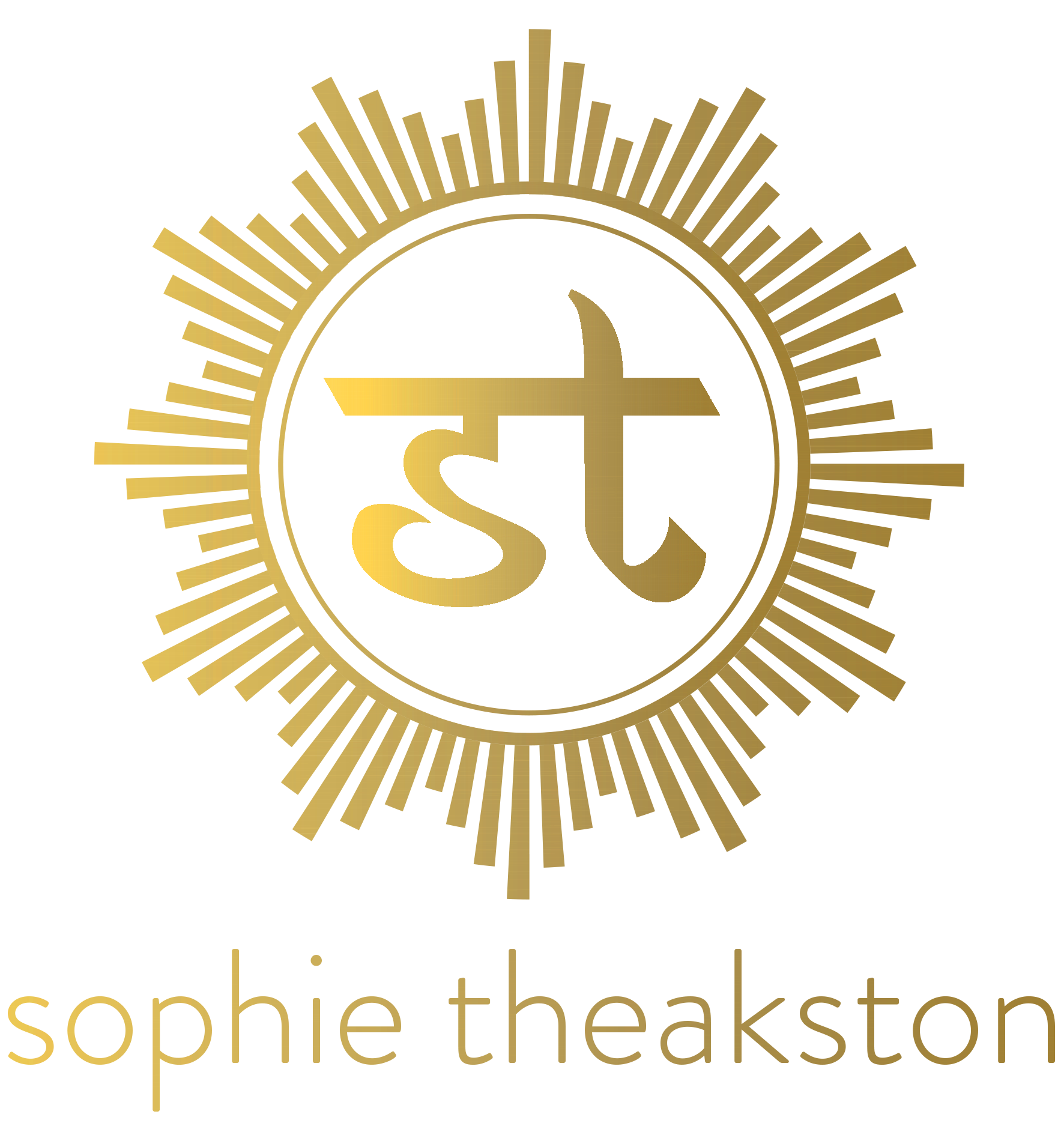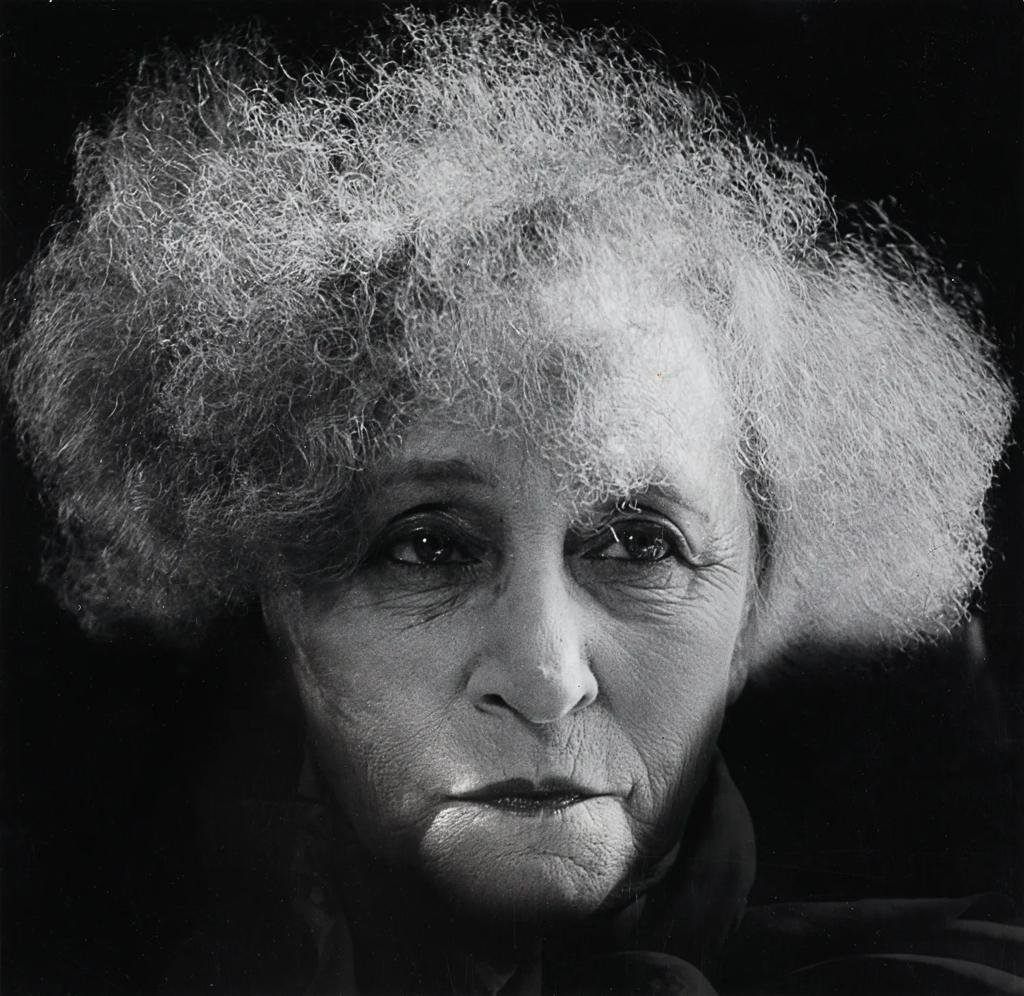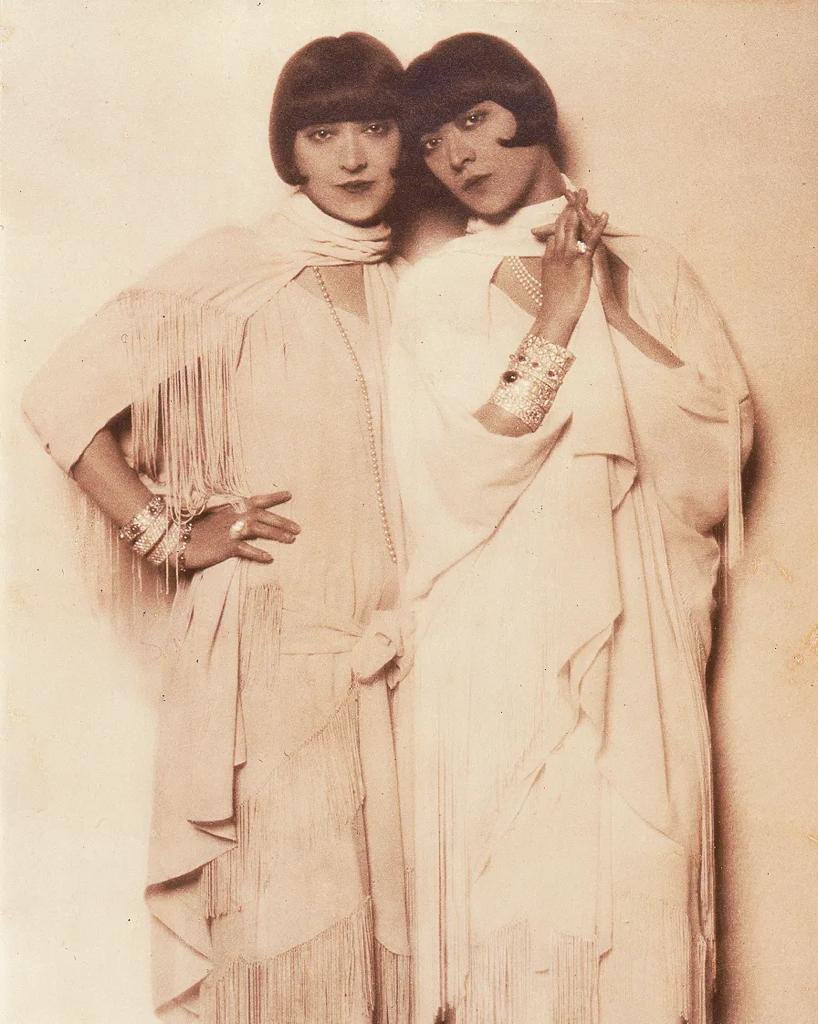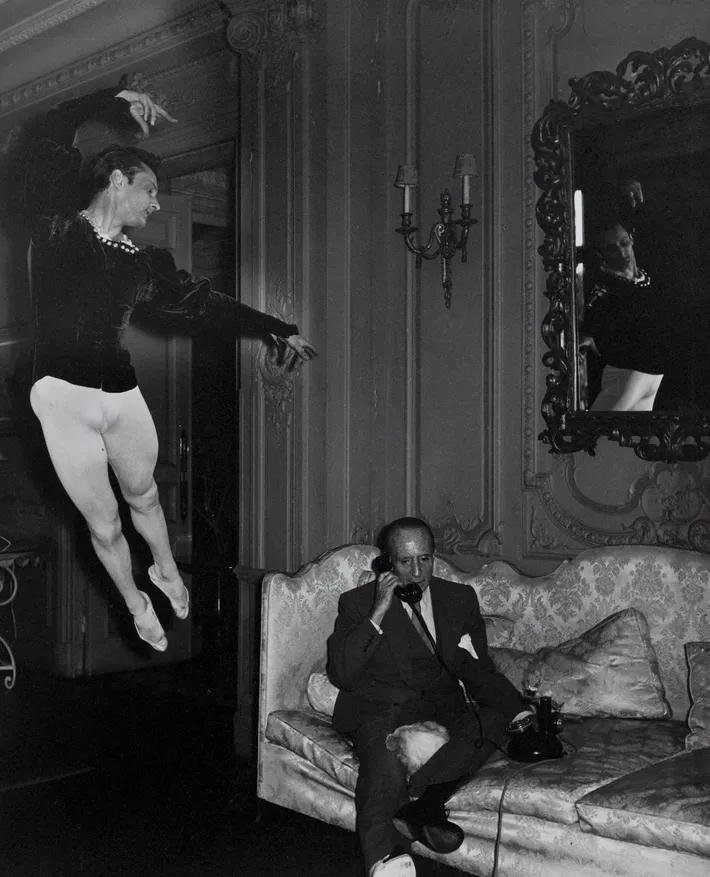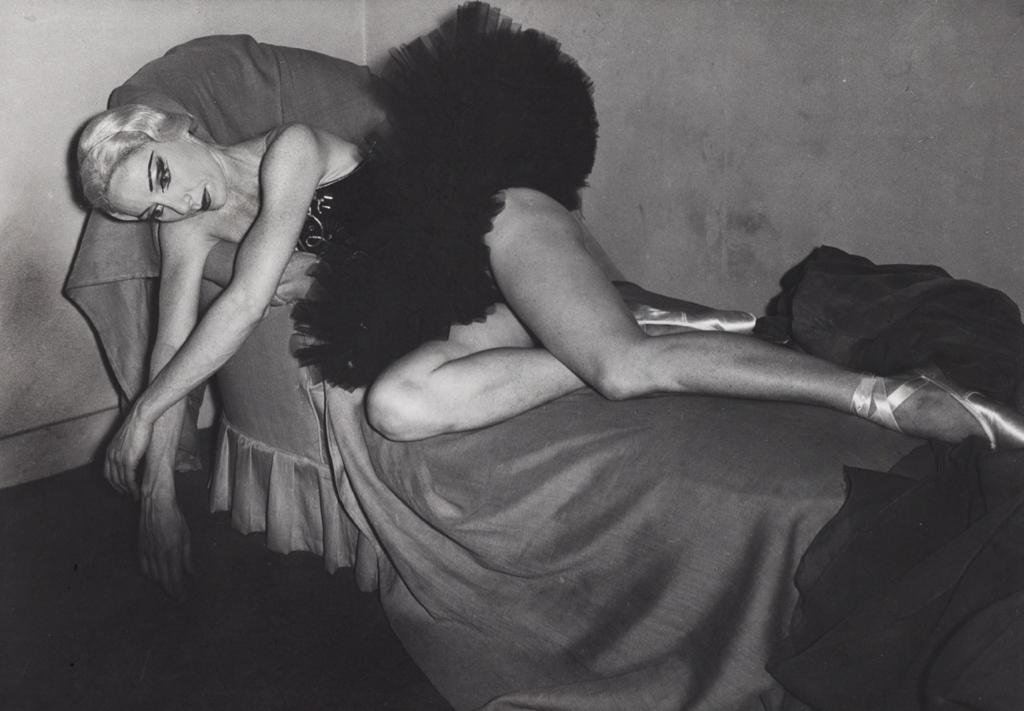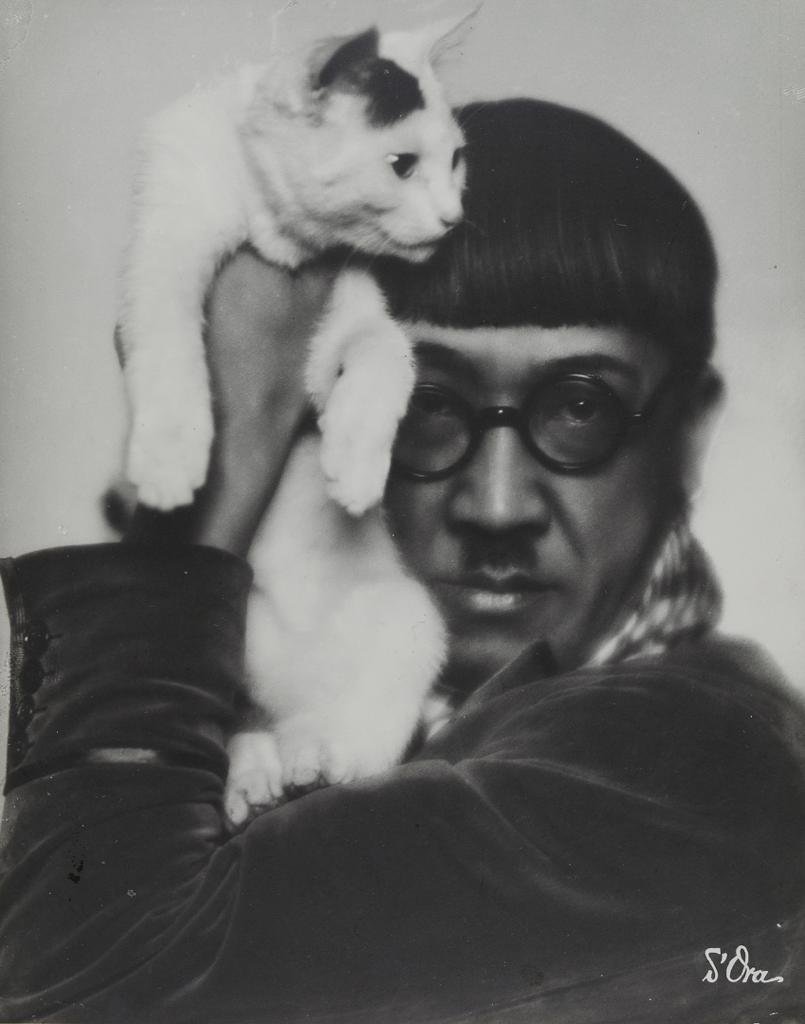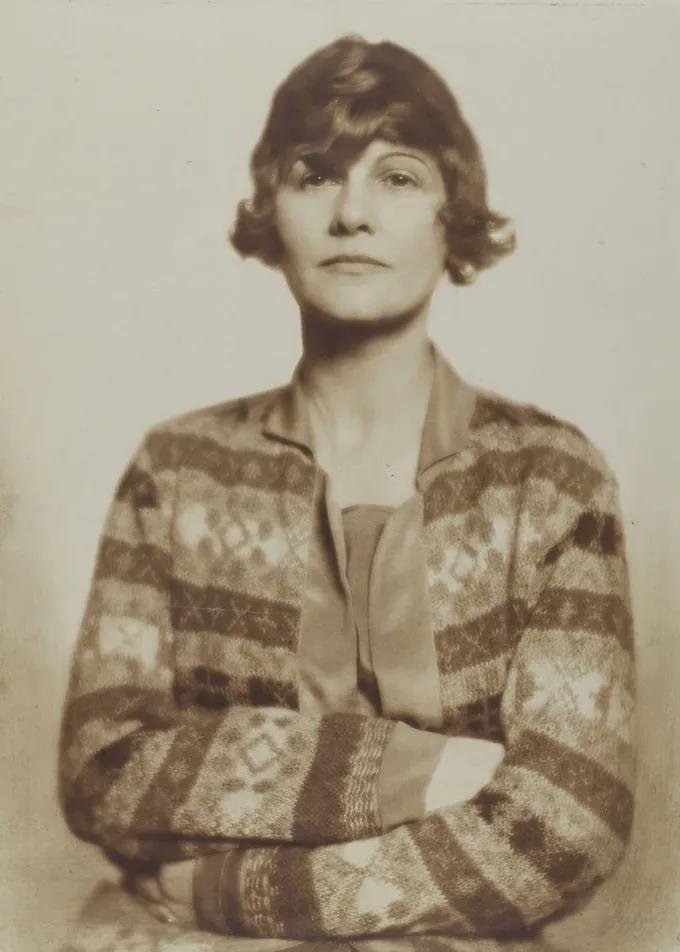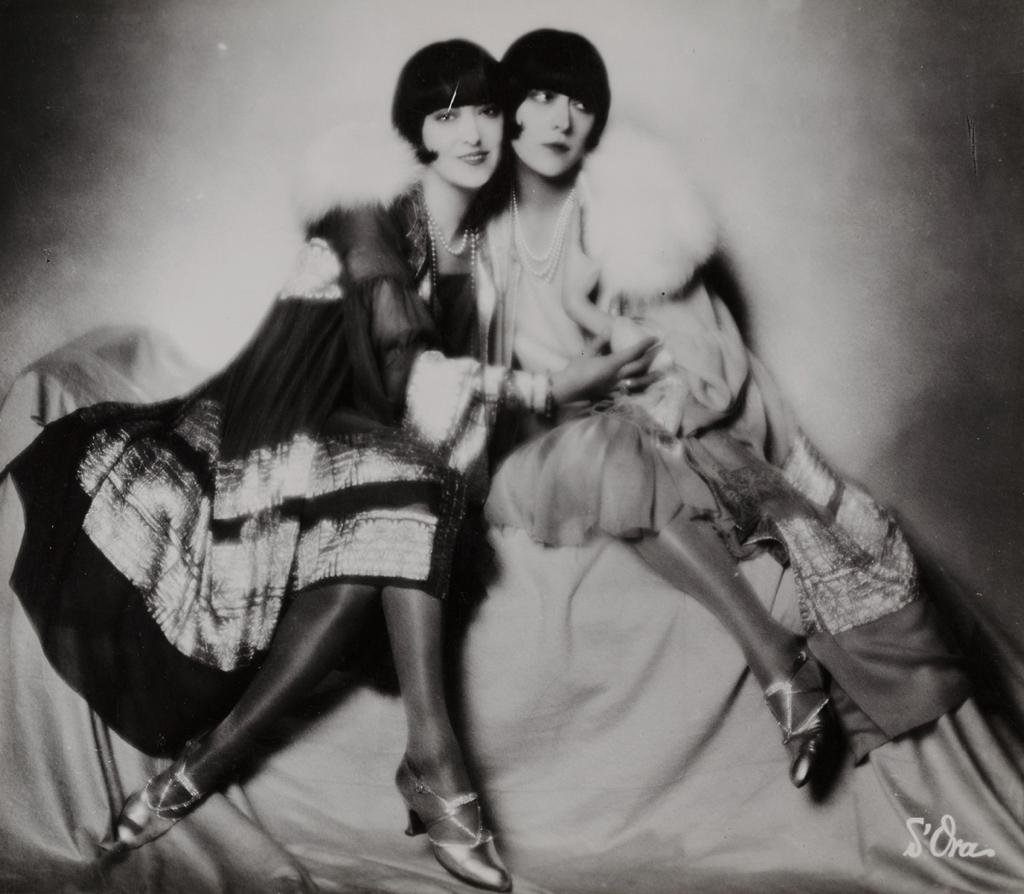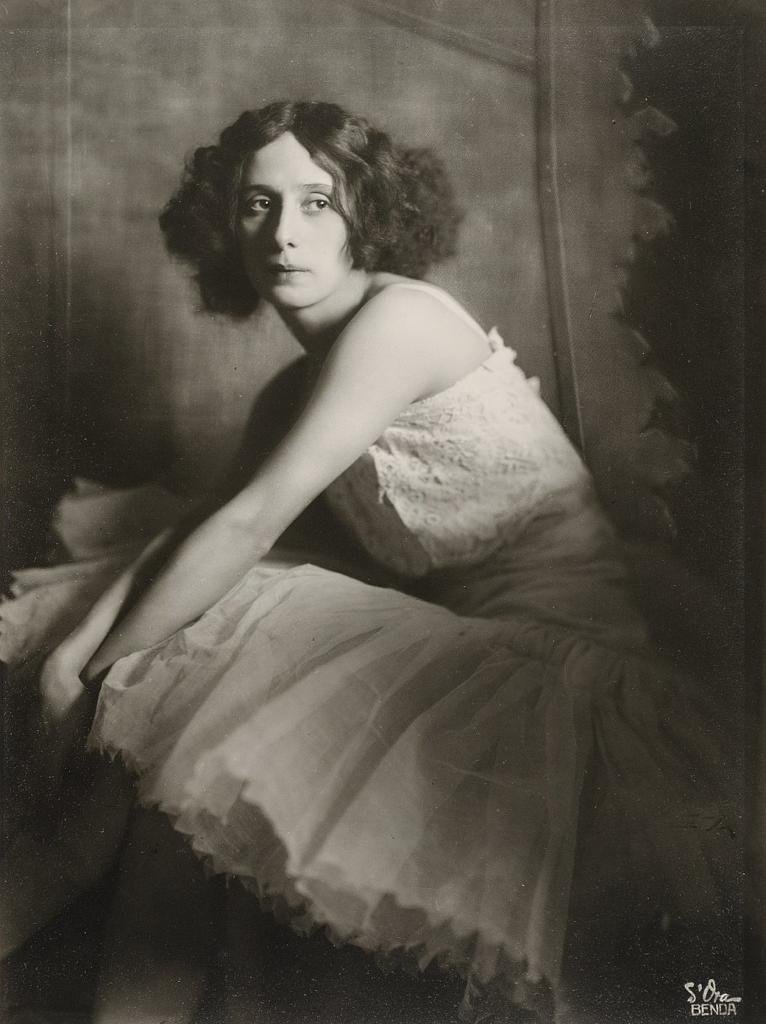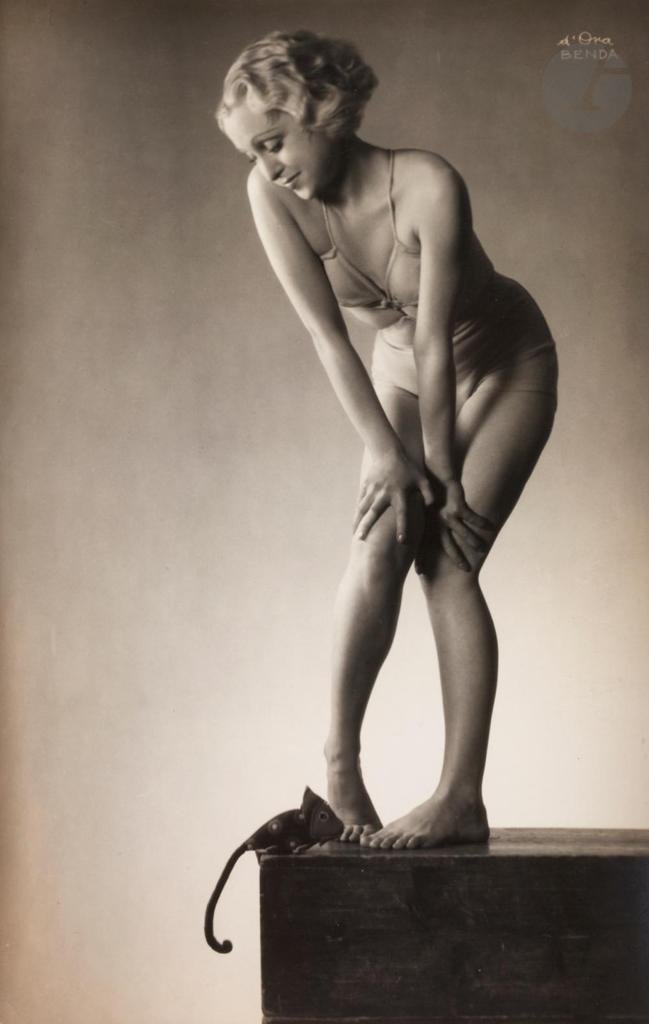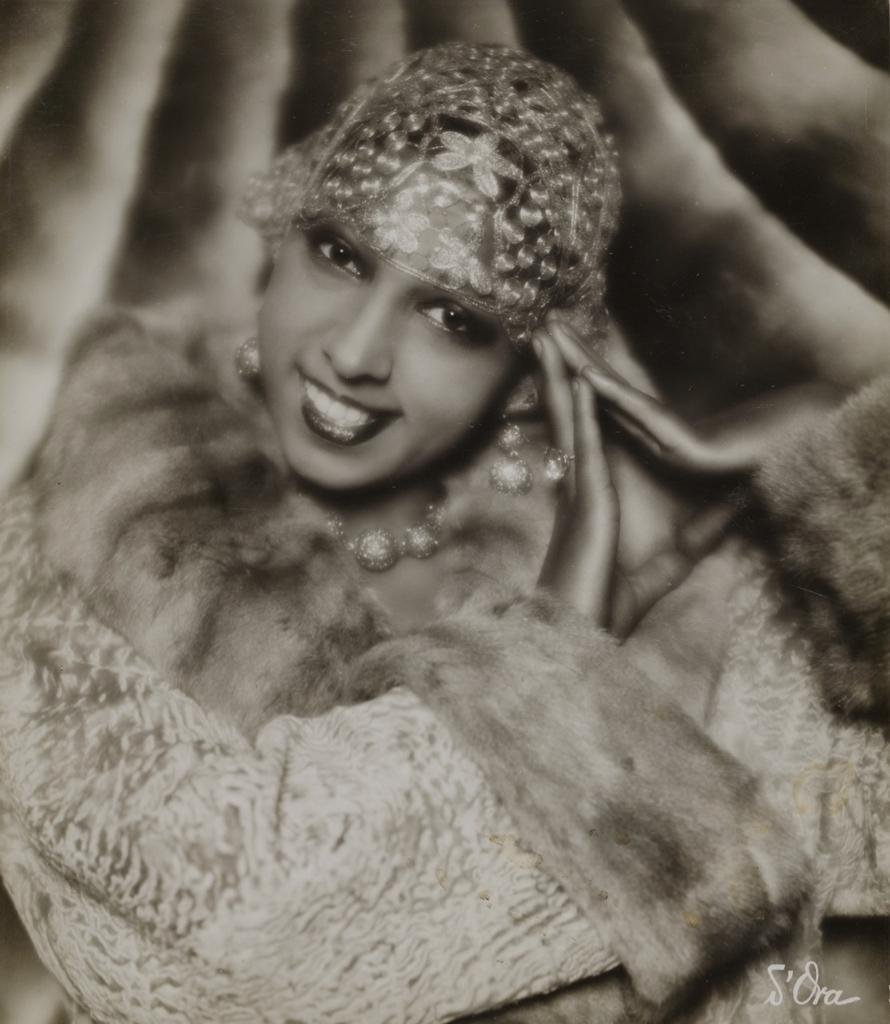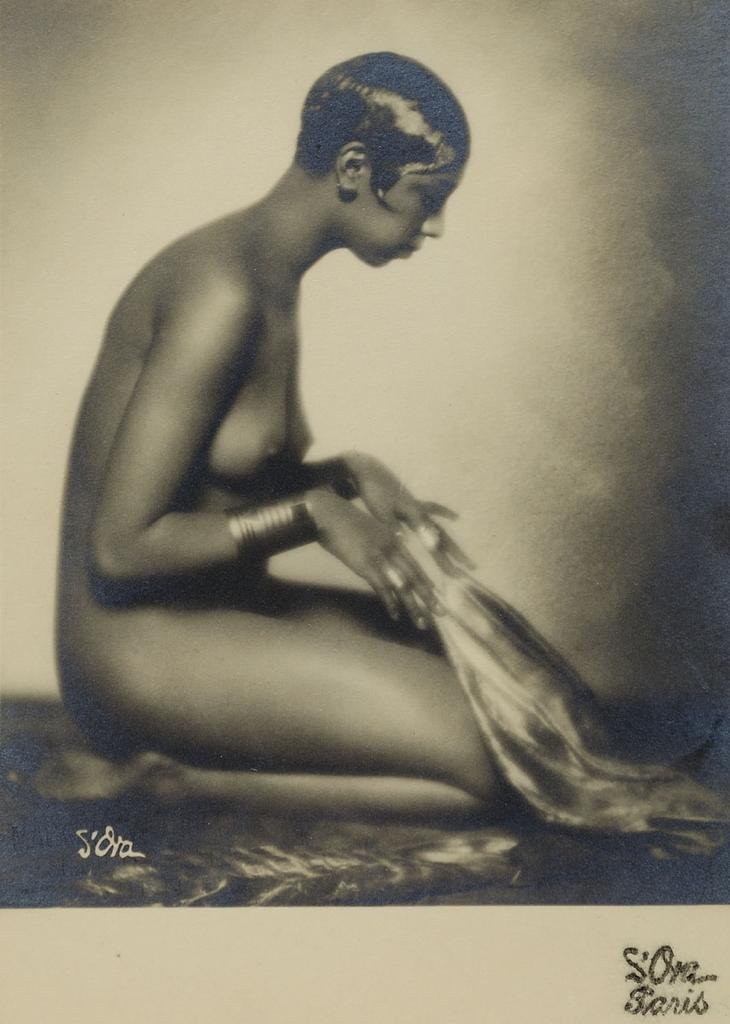Madame D’Ora
Forging a path in a field that was dominated by men, Dora Philippine Kallmus enjoyed an illustrious 50-year career, from 1907 until 1957.
Born into a privileged background and coming of age amidst the creative and intellectual atmosphere of fin-de-siècle Vienna, Kallmus was extremely well cultured. At age 23 she purchased her first camera. She was the first woman photographer in Vienna to open her own studio. Self-styled simply as d’Ora, she initially took portraits of friends and members from her social circle.
Over the course of her lifetime, d’Ora photographed many artists, including Josephine Baker, Colette, Gustav Klimt, Tamara de Lempicka, and Pablo Picasso, among others. When d’Ora moved to Paris in 1925, she shifted her focus to fashion, covering the couture scene and befriended key figures uch as the French milliner Madame Agnès and the Spanish designer Cristóbal Balenciaga. She also helped create and sustain glamorous images for a variety of celebrities, including Cecil Beaton, Maurice Chevalier, and Colette.
After World War II, d’Ora accepted portrait commissions, mostly for financial stability, she also pushed into new, sometimes darker directions. Around 1948, she embarked on an astonishing series of photographs of displaced persons or refugee camps, which was commissioned by the United Nations. From around 1949 to 1958, d’Ora worked on a project, which she called “my big final work.” She visited numerous slaughterhouses in Paris, and amid the pools of blood and deathly screams, she stood in an elegant suit and a hat photographing the butchered animals hundreds of times.
